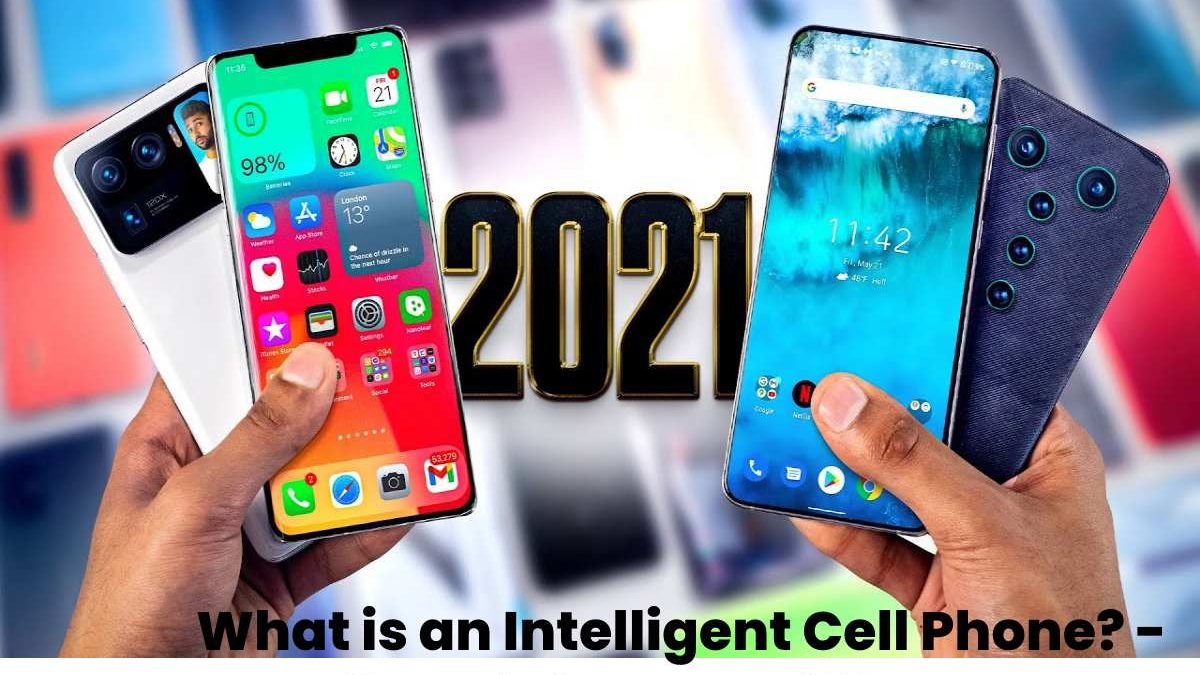Table of Contents
Definition of Smartphone
A smart cell phone (called a smartphone in English ) is technically a pocket computer, adding the capabilities of an outdated mobile phone (such as making phone calls, sending SMS messages, etc.). We can place the smartphone halfway between a conservative cell phone and a laptop as it ties the capabilities of both ends.
Why do we say that a Smartphone is a Microcomputer?
A Smart Phone or Smartphone is a mobile computing platform. Presently, it has a better capacity to store data and do activities concurrently. They can securely perform many tasks that an old-style computer does. For this purpose, in a way, they are substituting desktop computers, demoting them to jobs of superior complexity and for when visual comfort is need to function. They have complete connectivity to the Internet and amid phones, which permits you to share information comfortably. We can say that a Smartphone or Smartphone is a pocket computer.
What features does a Smartphone or Smart Mobile Phone have?
The different features that we can develop are directly related to the parts of the intelligent cell phone. They are what you necessity take into account when buying a “smartphone.”
1- The Processor of the Smartphone
The rate of the processor is published in the box of the device. It is a fundamental component of any smartphone. The computing power to perform the tasks depends on it. The higher the speed of the processor, the higher the performance of the phone, giving the feeling that it “flies” when working. And it can be evaluat fundamentally by the number of cores it has. Currently, machines come with 4 or 8 cores (or cores); eight seats are faster.
2- RAM Memory
That is a memory that the Smartphone uses to work. It is swift and lets you store open applications and temporary data while the device is used and turn on. It is like a lung that gives the phone the ability to breathe. The higher the RAM, the better. Your information disappears and is erased when the device is turn off. It is measured in GigaBytes, and smartphones can have from 2 GB, 4 GB to 6 GB of RAM. If we open and keep many applications open, the RAM will fill up, and the smartphone will slow down.
3- The Internal Memory of the Smartphone
The smartphone’s internal memory is integrat into the factory plate and is the “hard disk” of the smartphone. The phone’s operating system, the applications we install, and its data and user files (such as music, photos, and videos) are house there. We can find phones with 8 GB, 16 GB, 32 GB, 64 GB, 128 GB or 256 GB. The more internal memory the phone has, the better, and storage problems will be reduced. The memory capacity is publish at the box or can be easily checked by going to settings.
4- The size of the Smartphone Screen
The screen of a Smartphone is essential for the daily experience that the user has with it. You have to look for better resolution, clarity, and color quality screens, but its size is essential since it determines a smartphone’s size.
We can group them into three sizes:
- Small screenunder 4.5 inches: The compact design is the chief reason to buy a small screen smartphone. With the finger of one hand, you can reach all sectors of it.
- Medium Screenfrom 4.5 to 5.4 inches: The most prevalent smartphones have this screen size. They are pretty easy to use with one hand.
- Large screen or phablet,from 5.5 inches: These are devices more likely to be use with two hands. They are easier watching videos, reading e-books, playing games, etc.
5- The Battery of the Smartphone
The battery is a device design to store the electrical energy that powers the smartphone. It is an essential component in Smartphones since the autonomy of their work depends on it. The characteristics of the batteries are display on the phone box. It is necessary to know that Smartphones consume a large amount of electrical energy to function, so they need a different battery than those used by old cell phones.
The charge capacity of a battery is measur in “milliamps” (mAh). For example, a battery can be 3,000 mAh or 4,000 mAh. The more milliamps it has, the greater its capacity and therefore its duration or autonomy.
6- The photo camera of the Smartphone
With the attendance of Smartphones, most of the users take their pictures using their cameras instead of traditional digital cameras. It causes manufacturers to put in better resolution cameras as time goes on. The cameras of Smartphones differ in Megapixels, for example, 5, 16, 20, or 48 Megapixels. The more, the better. It should remain noted that other influences make cameras dissimilar, such as lens quality, light sensor, speed, lens aperture, etc. You also have to assess the presence of the Front camera and the Flash they have. The characteristics of the cameras are also display on the phone case.

